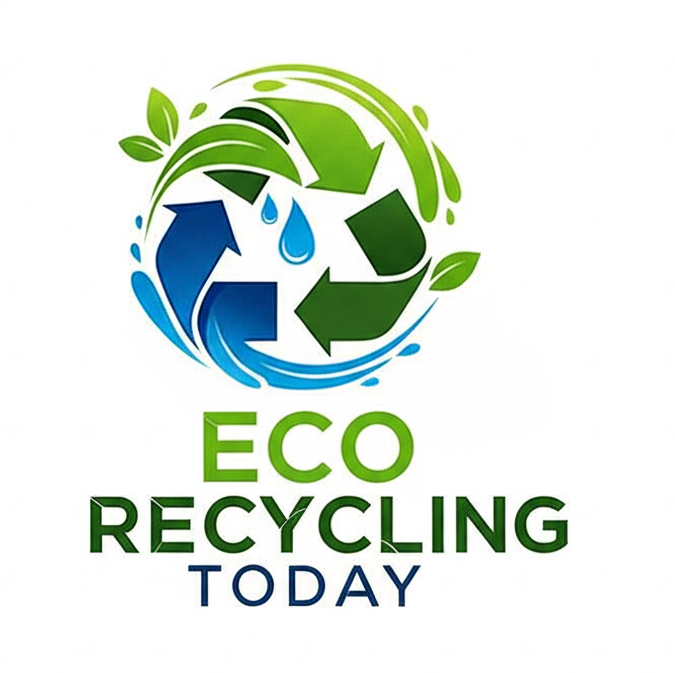Silver recovery refers to the process of extracting silver from used or waste materials, such as photographic films, electronic circuit boards, and chemical solutions. As a highly valuable and widely used precious metal, recovering silver helps reduce environmental waste, lower material costs, and support sustainable practices.
Why Silver Recovery Is Important
Silver is used extensively across various industries — from electronics and jewelry to medical and photographic applications. With rising demand and limited natural reserves, silver recovery offers critical benefits:
- Reduces the need for silver mining
- Prevents hazardous waste contamination
- Cuts raw material expenses
- Supports circular economy goals
Sources of Recoverable Silver
- X-Ray and Photographic Films: Contain silver halides that can be chemically recovered
- Electronic Components: Circuit boards, connectors, and switches often have silver plating
- Industrial Sludge and Solutions: Silver is used in plating baths, etching fluids, and catalysts
- Jewelry and Scrap Silver: Broken or outdated items can be melted and refined
- Dental Waste: Silver amalgam from dental fillings can be recycled
Silver Recovery Methods and Technologies
1. Precipitation Method
Involves adding chemicals to silver-bearing solutions to form solid silver particles that can be filtered and refined.
2. Electrolytic Recovery
An efficient process using electrolysis to extract high-purity silver from solutions, often used in photographic and plating industries.
3. Metallic Replacement
A reactive metal like iron is introduced to a silver-rich solution, causing silver to precipitate and attach to the metal surface.
4. Thermal Recovery
Burning silver-embedded materials (like films) under controlled conditions to recover silver ash, later refined.
5. Ion Exchange and Membrane Filtration
Advanced recovery systems use ion exchange resins or membranes to isolate and collect silver ions from wastewater.
Benefits of Silver Recovery
- Economic Value: Recovered silver can be sold or reused, offering high return on waste materials
- Environmental Protection: Reduces heavy metal discharge into land and water sources
- Resource Conservation: Extends the life cycle of a limited natural resource
- Regulatory Compliance: Helps businesses meet environmental disposal standards
Industries That Benefit from Silver Recovery
- Healthcare & Radiology: Recovery from x-ray and photographic film
- Electronics Manufacturing: Extracting silver from PCBs and connectors
- Jewelry & Precious Metal Traders: Refining scrap and old silver items
- Plating & Metal Finishing: Reclaiming silver from baths and filters
- Dental Clinics & Labs: Safe disposal and recovery of silver-containing materials
Choosing a Silver Recovery Partner
Working with a professional silver recovery service ensures maximum yield, environmental safety, and legal compliance. Choose providers equipped with:
- Certified recovery systems
- Safe chemical handling practices
- Transparent documentation and reporting
- Metal assay and refining capabilities
Future Trends in Silver Recovery
With technology evolving, modern silver recovery solutions are becoming:
- More automated and energy-efficient
- Environmentally friendly with minimal waste
- Capable of recovering even trace amounts from dilute solutions
These innovations are critical for industries aiming to meet zero-waste and green production goals.
